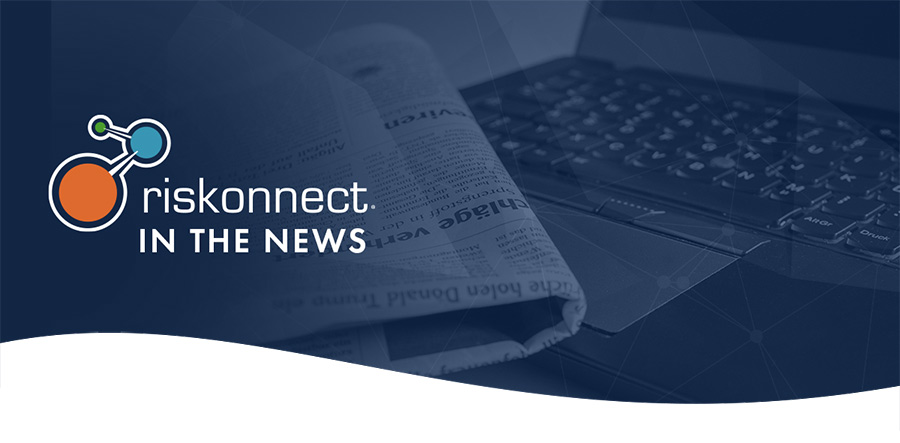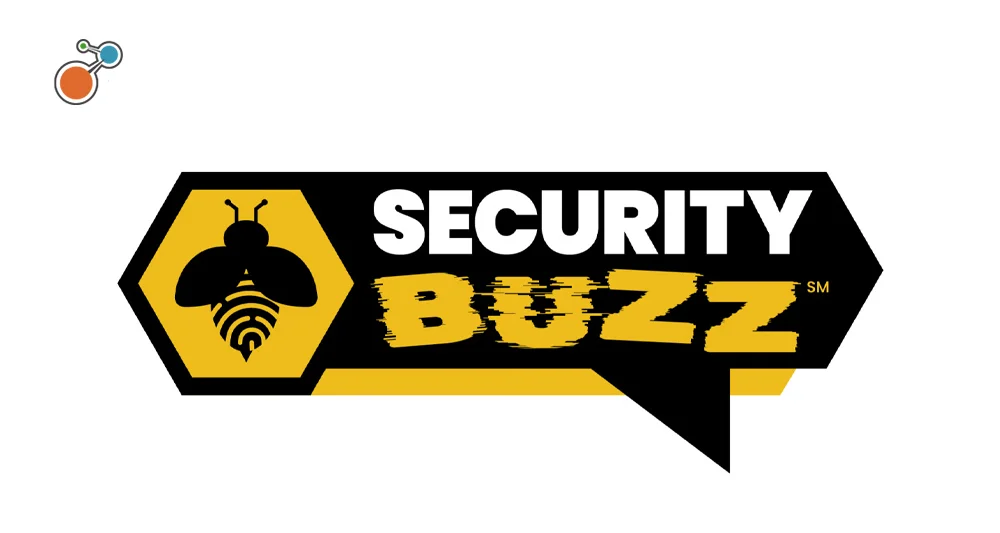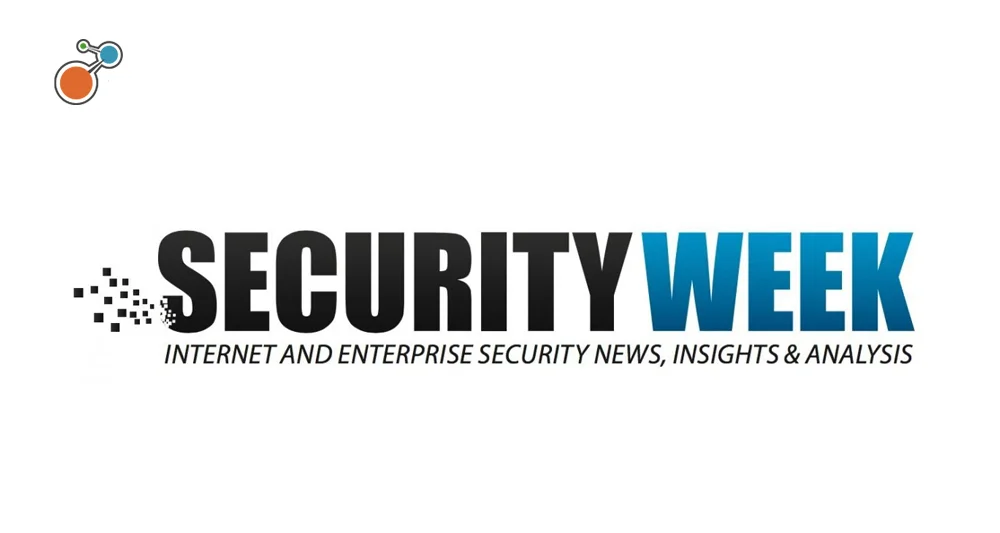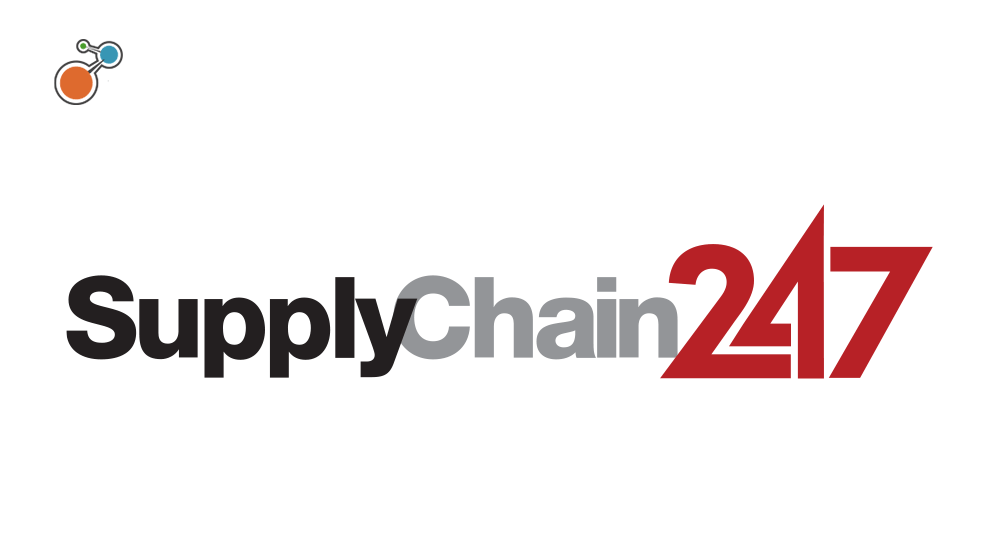GARP, March 25, 2022
From consulting firms and think tanks to central banks and the International Monetary Fund, there is no shortage of documentation and data points on the perils of the world and, as categorized in the World Economic Forum’s annual global risk reports, their economic, environmental, geopolitical, societal and technological consequences. It’s a given that these factors interact with each other and affect entire populations and businesses, governments and non-governmental organizations on every level.
The full-time and real-time nature of risk monitoring amid accelerating global change, market uncertainty and complexity may call into question the lasting value of any published assessment. However, risk rankings and dashboards are increasingly dynamic, the WEF’s and others’ output is less static and one-off than in the past, and there are attempts to look beyond what is near term and in the foreground…
Effective integration of technology tools, the need to be proactive and anticipatory, and collaboration are key elements, as forecasting is a “team sport.”
Riskonnect describes its solutions as “integrating data, connecting risks, and correlating their relationships,” and integrated risk management strikes a chord with its growing customer base, says CEO Jim Wetekamp. The “core idea” for dealing with such ongoing concerns as COVID, ESG, cyber, and remote or hybrid working is to “put risk under one roof and drive cross-functional transparency.” All services should be inventoried, and each should have a mitigation plan to overcome disruption, he adds.
Read the full article in GARP >>




